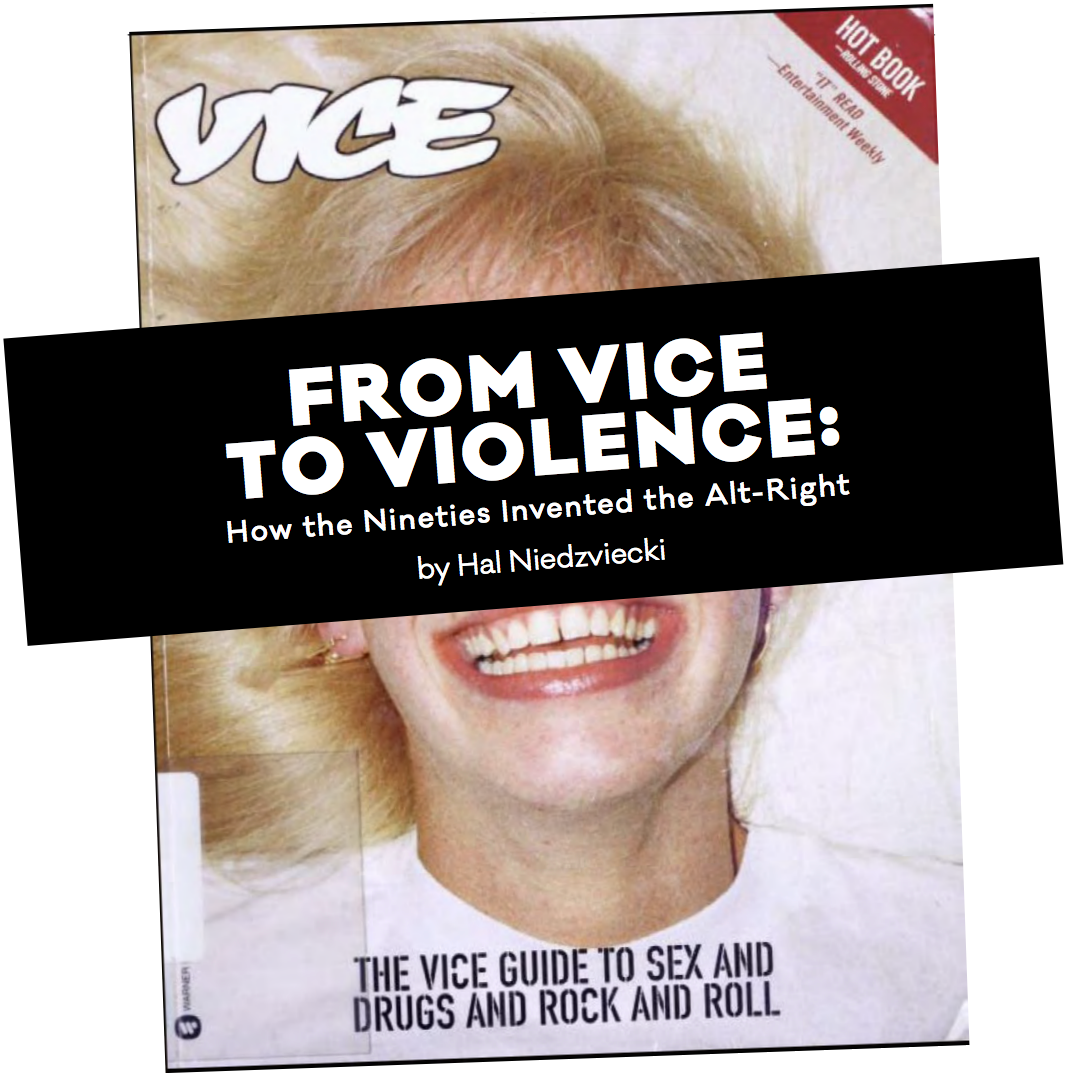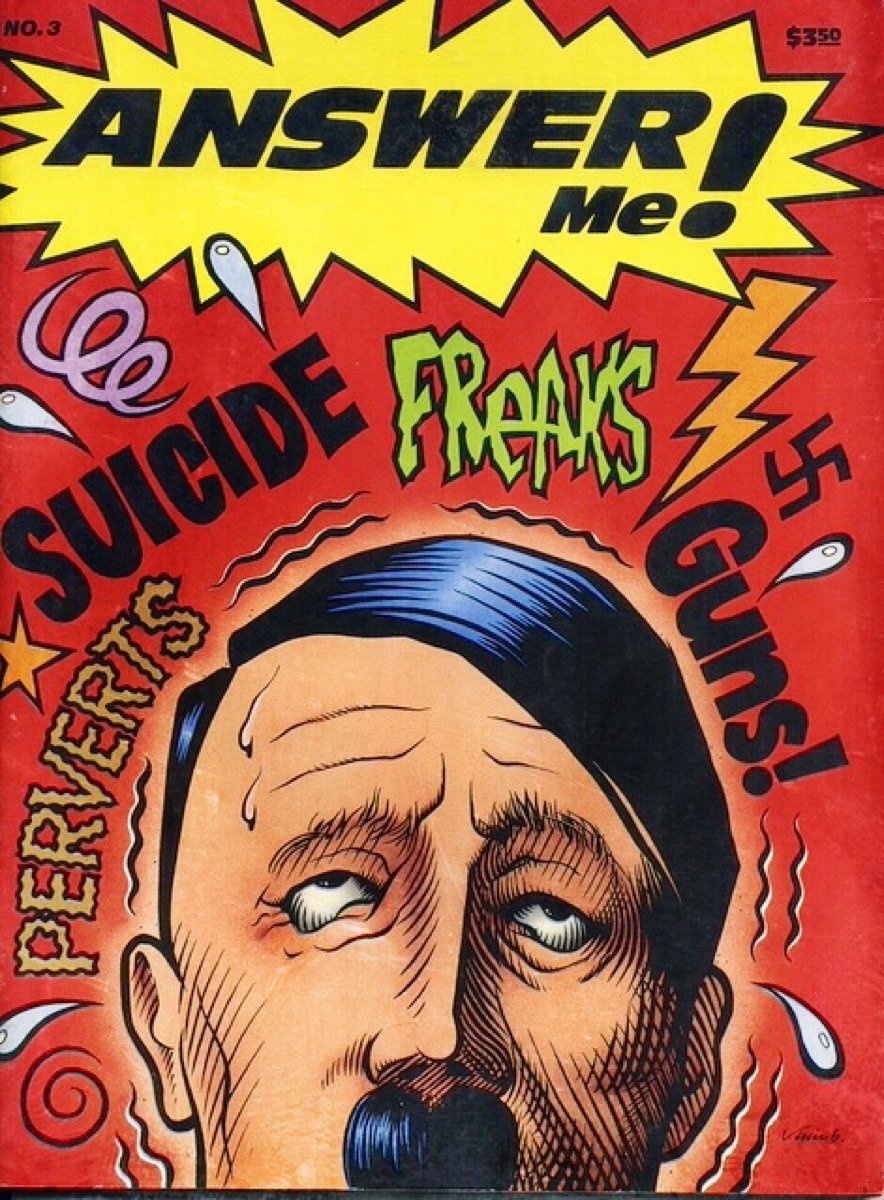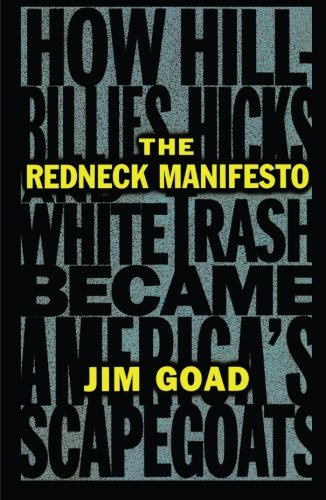
Before it was a billion-dollar infotainment empire, Vice was an emerging Montreal-based monthly tabloid known for in-your-face, balls-out, no-regrets content. The original Vice Magazine of 1994 cleverly re-packaged classic tropes of 60s and 70s era counterculture and sold them as the new fashion for the 21st century — party drugs, polaroids, sexploitation, and clownish antics, all smeared with the aesthetics and anti-politics of American punk rock. Early Vice reached its nadir in 2002 with the publication’s first anthology, a book that collected such eyebrow-raising articles as “Was Jesus Gay?” and “Interview with the Guy Who Did Acid for a Year.” The VICE Guide to Sex and Drugs and Rock and Roll was the book to buy for the awkward incel second cousin on your Christmas list — the kind of reader desperate for inside knowledge on such topics as “shagging Muslims,” MacGyvering a ramshackle sex doll from the confines of your prison cell, and what it’s like to be shot by your own mother. The book remains a great showcase of the posturing of Vice’s founding editors who, by then, were buying lofts and signing lucrative ad deals with high fashion labels while still trying to pass as a bunch of rebellious low-lifes who didn’t give a shit.
It was a time. Punk was over for all but a few. Queer culture was reeling from the AIDS epidemic, and sensitive college kids were grappling with the fact that their soundtrack — grunge — had just shot himself in the greenhouse above the garage. Everyone was waiting for something — anything — to offer some kind of countermovement to the boring sea of Republicans preaching trickle-down economics. The era’s other widespread dissenting force was equally unappetizing — a rising tide of navel-gazing “political correctness” that prefigured today’s internecine Twitter handwringing. No wonder so many felt better represented by, or at least attracted to, Vice’s grab-bag of lurid lifestyles and oppositional chic. It was a fuck you to your self-hating dad and your anxious mom in the same trashy blow.
Vice was hardly the only profitable “counter-culture” scheme laying the groundwork for what was to come. Consider, for example, the endeavours of former Black Flag frontman Henry Rollins. Rollins found his post-punk stride as a small press publisher and prominent figure in the poetry of manly displacement. His press, 2.13.61, published volume after volume of diaristic stream of consciousness complete with melodramatic titles like See A Grown Man Cry/Now Watch Him Die. Like a proto-Jordan Peterson with punk cred, Rollins offered up aphoristic advice to his rising cohort: “You aren’t beaten if you can still take a beating” and “Not every fucking person is suited for the ritual bullshit of civilization.” The outcast’s outcry, if a little more cerebral than Vice.
Then there is Feral House. Founded in 1989, this small press came out like Vice on steroids. The press (semi-ironically, it was suggested) celebrated an alternative lifestyle of kitsch, weird sex, mysticism, and of course, drugs. Lots of drugs. Feral House’s first publication was, fittingly, a reprint of a sex magic book by Church of Satan founder Anton LaVey, repackaged as The Satanic Witch. Two popular anthologies collected by publisher Adam Palfrey, Apocalypse Culture and Apocalypse Culture II, featured firsthand reports from the high shock value milieus of cannibalists, necrophiliacs, and end-of-dayers. These volumes, tellingly, received glowing reviews in skinhead, conspiracy theory, and horrorcore zines of the time.
 Such zines became their own strange anchor for the disaffected alternative dude movement. Consider Answer Me, the zine Jim Goad started with his wife Debbie. It was a supposedly satirical bad boy rag, which throughout its four-issue run, published numerous edgy features like “100 Spectacular Suicides” and an extended, syncophantic interview with former Ku Klux Klan grand wizard David Duke. Answer Me unabashedly fetishized serial killers, addiction, rape, and societal horrors in general, and it was no anomaly. Extremely explicit zines and comix burgeoned throughout the Bush years, including the violent and pedophilic Pure by Peter Soto, Randall Phillip’s digest of serial killers and self-hating antisemitism, Extermination Zone, and the infamous Boiled Angel, a zine so graphic that creator Mike Diana became the first person in the US to ever be convicted on charges of artistic obscenity. These guys were the pre-internet edgelords — crass, unapologetic, and relishing the waves of attention they elicited from the outraged public. Goad, for his part, even got a book deal with mainstream publisher Simon & Schuster. The Redneck Manifesto was a treatise about how “white trash” became America’s scapegoats (sound familiar?) The book was well-received. But then Goad was sent to prison. His conviction — for savagely beating the girlfriend he dated while his wife was dying of cancer — should have been the end of his strange career.
Such zines became their own strange anchor for the disaffected alternative dude movement. Consider Answer Me, the zine Jim Goad started with his wife Debbie. It was a supposedly satirical bad boy rag, which throughout its four-issue run, published numerous edgy features like “100 Spectacular Suicides” and an extended, syncophantic interview with former Ku Klux Klan grand wizard David Duke. Answer Me unabashedly fetishized serial killers, addiction, rape, and societal horrors in general, and it was no anomaly. Extremely explicit zines and comix burgeoned throughout the Bush years, including the violent and pedophilic Pure by Peter Soto, Randall Phillip’s digest of serial killers and self-hating antisemitism, Extermination Zone, and the infamous Boiled Angel, a zine so graphic that creator Mike Diana became the first person in the US to ever be convicted on charges of artistic obscenity. These guys were the pre-internet edgelords — crass, unapologetic, and relishing the waves of attention they elicited from the outraged public. Goad, for his part, even got a book deal with mainstream publisher Simon & Schuster. The Redneck Manifesto was a treatise about how “white trash” became America’s scapegoats (sound familiar?) The book was well-received. But then Goad was sent to prison. His conviction — for savagely beating the girlfriend he dated while his wife was dying of cancer — should have been the end of his strange career.
Fast forward to the present day, and Goad is back, a potent, resurrected figure that directly links the 90s subculture of manly indignation to today’s increasingly prevalent world of entitled outsider malevolence. I’m referring, of course, to the fringe right — the 22-year-old dudes who stormed the Capitol. The keyboard hatemongers hiding among us in plain sight. “Lone wolf” killers who are hardly acting alone. 4chan dwellers, Proud Boys, white supremacist cells infiltrating the military. QAnon.
The throughline to 90s outcast shockboys couldn’t be more direct. On the website of the infamous Proud Boys, the neo-fascist street gang founded by none other than ex-Vice editor Gavin McInnes, The Redneck Manifesto is reviewed gushingly, described as “Proud Boy Holy scripture. This book could be our bible.” McInnes himself once praised Goad as “the greatest writer of our generation.” So it is that today Goad, 56-year-old certified domestic abuser, runs a blog and a podcast, his small empire kept afloat by white-power flunkies and royalties from The Redneck Manifesto’s resurgent popularity (now on its 17th print run).
 Goad’s second book, Shit Magnet, tells his own account of terrorizing his girlfriend. Its 2002 publication predictably elicited shock and anger from media commentators, but his new publisher was ready to stand behind him. Welcome back Adam Palfrey and Feral House press. Palfrey was, by now, openly courting white supremacists. Two years earlier, Apocalypse Culture II had included a lengthy essay written by a member of the Aryan Nation, who analyzed the lyrics of Don Mclean’s “American Pie” through a Nazi lens. The press then subsequently released tomes promising how-tos of “esoteric Nazi rituals,” decorated book covers with swastikas and Klan robes, and put out several of Palfrey’s own lengthy Islamophobic screeds. The thin alibi that this was all just sarcasm mixed with honest curiosity about “taboos” was becoming less and less convincing.
Goad’s second book, Shit Magnet, tells his own account of terrorizing his girlfriend. Its 2002 publication predictably elicited shock and anger from media commentators, but his new publisher was ready to stand behind him. Welcome back Adam Palfrey and Feral House press. Palfrey was, by now, openly courting white supremacists. Two years earlier, Apocalypse Culture II had included a lengthy essay written by a member of the Aryan Nation, who analyzed the lyrics of Don Mclean’s “American Pie” through a Nazi lens. The press then subsequently released tomes promising how-tos of “esoteric Nazi rituals,” decorated book covers with swastikas and Klan robes, and put out several of Palfrey’s own lengthy Islamophobic screeds. The thin alibi that this was all just sarcasm mixed with honest curiosity about “taboos” was becoming less and less convincing.
Far more convincing, we can now see, was the seductive pull of extremism fostered by these works, priming the message as it went online and proliferated widely amongst a new generation of violent sadboys. Vice’s early fixations, too, would find a new base in McInnes’ Proud Boys. He took such staples as guns, porn, trailer parks, and conspiracies and tweaked them for his new cult: a lot less plausible deniability, and a lot more memes, Jew-baiting, “All Lives Matter” and The Turner Diaries.
The Capitol attack on January 6th revealed to many what was incubating online over the past two decades: a genuine, unashamed sedition movement forming a dangerous and backed militia. The 90s had packaged three historically profitable rallying tropes — anti-establishment roguery, aggrieved male disenfranchisement, and racial paranoia — into a shelf-ready, irresistible, ideological fast food. Call it the “Manly Transgressive” identity, a cartoonish psyche so irrepressible that it was bound to one day erupt. And so here we are — Proud Boys and their friends everywhere you look. Hundreds of alt-right media outlets and opinions available at the tap of a screen. Pepe the Frog refuses to retire.
Ironically, the Vice of today completely repudiates alt-right rhetoric. Its content of quick click left-ish journalism barely distinguishable from the only slightly more mainstream subdivisions of Condé Nast. But even kinder, gentler Vice is still drawn to the dark underbelly it once peddled, though never really understood. When Adam Palfrey died in 2018, the King of apocalypse culture was feted by a Vice staffer for “presaging 4chan and Reddit” as a dispenser of “forbidden knowledge.”
Vice and similar purveyors also once dispensed “forbidden knowledge” in the form of prepackaged soundbites celebrating amateur act stupidity as a kind of anti-state, party-friendly alternative lifestyle. This semi-underground culture of the late 90s connected being white, poor, male, and marginalized (economically, culturally, regionally) to a fetishistic, often violent opposition to all things mainstream. Your life sucks, so why not wreck things? The message seemed to be: If you’re a guy who doesn’t feel loved, come join us. They already think you’re just a sick fuck with nothing left to lose! Whatever you do next — suicide, wife-beating, hanging with Satan or the Aryan Nation — is totally awesome. It’s also totally legitimate. It is, in some way, an inevitable and required rite of passage, and the result of your real manly culture being stolen out from under you by liberals, Black people, feminists, Jews, or any other boogeyman you want to rail against.
I have always felt uneasy about this celebration of exploitative, deliberately ultra-graphic pseudo-counterculture, especially as it made a surprisingly smooth transition from underground to mainstream. Now, with the benefit of hindsight and a deeper understanding of how the internet would come to break down the interplay between subculture, counterculture, and pop culture, we can see far more clearly what the 90s has wrought.
I had good reason to be uneasy, it would seem. So what is the antidote to this high octane thrust of mythmaking, clickbaiting, and gaslighting? It’s spew clings to everyone and everything it touches, presenting a paradox. Write about it or ignore it? Do or don’t? No one, let alone the great tastemakers at Vice Media, can claim to have a clue.
